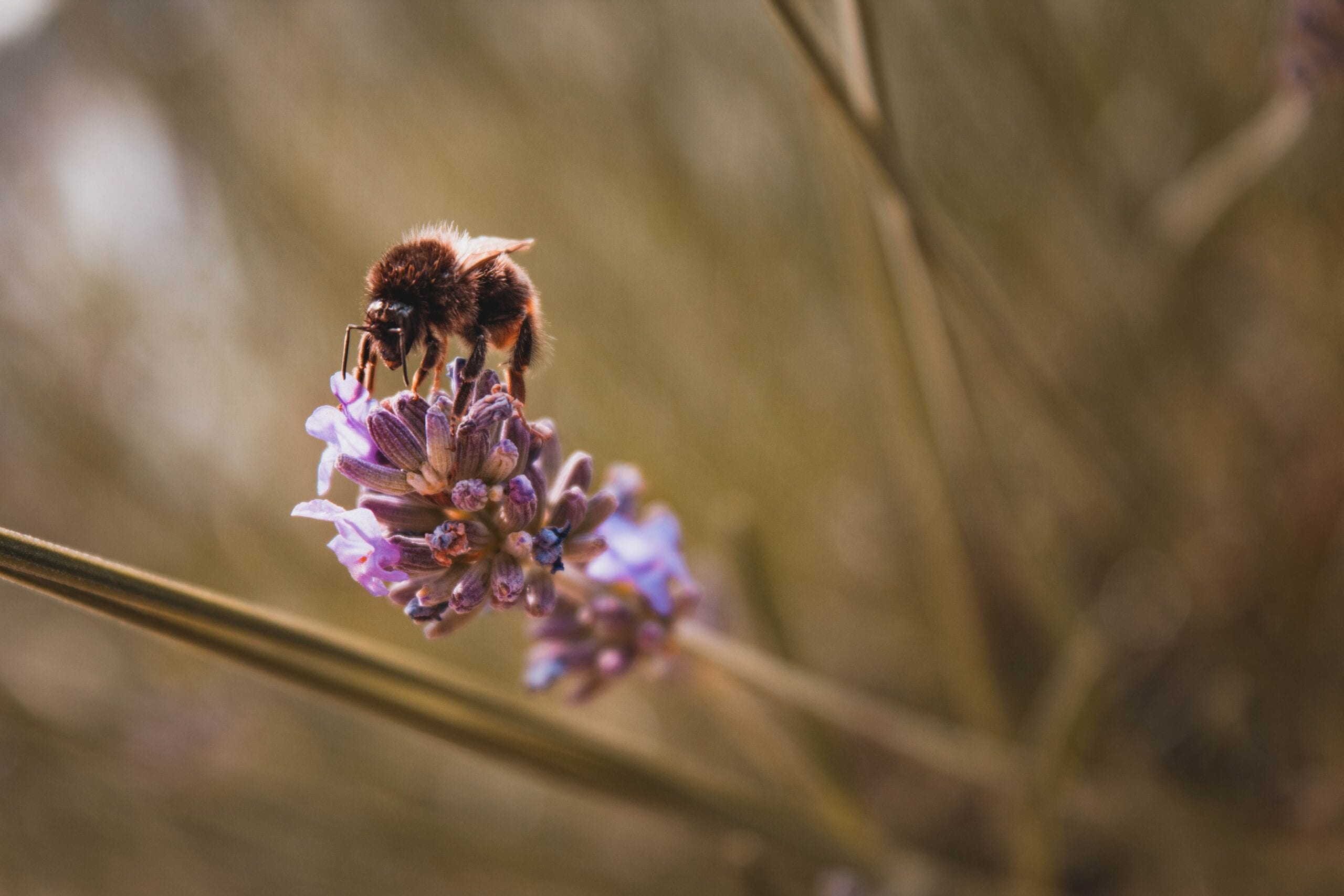Pollen is an important source of food for bees and hemp can play a huge role in providing nutrition. There are strains of cannabis that create an abundance of pollen for a variety of bee species. Since the passing of the 2018 Farm Bill, there has been an unprecedented rise in hemp growers benefitting from bees. The commercialization of hemp has not only created a big industry but has also increased bee diversity across the United States.
Due to disruption in pollen resource availability and side-effects of pesticides, insecticides, hemp flowers provide a pollen-rich resource. Hemp has temporally-unique flowering phenology. This makes it a critical resource of food for bees. Niche hemp farms, which boast of long-height hemp plants, are playing a key role in providing a rich food resource to bees, and in return, these farms get rich crops of hemp. In this article, we shall discuss the significance of bees in producing a rich quantity of hemp for further extraction into CBD and THC-based products.
Let’s dive in!
What is hemp and how it’s different from cannabis?
Hemp and marijuana are two different species of the same plant, Cannabis. That’s why both hemp and marijuana have different properties. Both differ in their look and can be identified easily. While hemp has skinny leaves, marijuana has long leaves and dense buds concentrated throughout the plant. Hemp, however, features most leaves on top of the plant. Both of them need different cultivation environments. Both have different growth cycles and plantation methods. In terms of science, both work differently.
While marijuana contains THC or Tetrahydrocannabinol in huge quantities, hemp has minimal THC chemicals in it. THC is the compound that gets you ‘high’. We use marijuana for recreational or medical purposes, while hemp primarily for industrial purposes. The THC content plays a huge role in the use of both of these plants. This is partly the reason that THC-rich marijuana is legal only in a handful of states in the United States, while CBD-rich hemp and its allied products have been widely accepted across the industry. Considering its therapeutic properties, the US government has also relaxed norms around the sale of CBD products via both online and offline mediums.
What are the uses of the hemp plant?
The hemp plant has been an important part of human civilization. Hemp fiber has been in use for millennia. People have been using hemp oil for making clothes, paper, and ropes for thousands of years now. Interestingly, the origin of the word ‘canvas’ also came from cannabis. Chinese and Indian people have been using hemp seeds as food for centuries. You can eat them raw or dry them to make sprout power. The oil extracted from the hemp plant is rich in fatty acids. The plant contains an adequate level of Omega 3-6 fatty acids.
Hemp is used to making houses. Blocks made up of the hemp plant are called ‘hempcrete’. There’s an entire industry around biodegradable plastic and hemp wood replacement. Apart from houses, the hemp material is also used to build cars and electronic items. Researchers have used hemp to produce biofuel too. The hemp seeds and stalks can be converted into biodiesel called ‘hempoline’. The most recent use of hemp has resulted in the invention of cannabidiol or CBD. There’s a huge demand for hemp as it is an entire industry now. Its roots also possess several medicinal properties.
How bees benefit from hemp pollen & vice versa?
Both hemp and bees benefit from each other’s existence. Hemp production has been legalised across the US after passing of the Farm Bill, 2018. The green Sativa strains of cannabis provide a rich food source for bees, which is ultimately helping in their development. In return, what you get is fully pollinated and high-quality hemp, which is sold at a higher price in the market. The entire process is helping the dwindling population of bees.
The reason that honey bees are attracted to the cannabis Sativa plant is its capability to produce an abundance of pollen. A study published in the journal Environmental Entomology revealed that the bee population around 11 farms in the Finger Lake region of New York saw a manifold rise in the past few years, suggesting a huge impact due to changes in cannabis production laws. In all, the hemp crops supported around 16 different species of honey bees in the area. These farms were predominantly dominated by two varieties — Apis mellifera (honey bee) and Bombus impatiens (bumblebee).
Hemp, an ecologically valuable crop
The only drawback with hemp is that it does not produce nectar like flowers or other plants like apples. However, hemp is a rich source of pollen, making it an attractive source of food for bees. This makes hemp an ecologically valuable crop. Massive industrialisation of hemp for the production of CBD-based products like oils, creams, tinctures, sprays, gummies, vaping products, among others, could also lead to a rise in insect pests, and the government may soon have to come up with integrated pest management plans.
We all know that bees contribute around $20 billion to the US agricultural economy annually. However, the declining population of bees is the cause of concern for the government. Experts suggest hemp offers a solution to the dipping bee population. The need, however, is to identify the quality of hemp, which can also lead to a boost in bee population. Experts suggest that more focus should be given to modify hemp varieties that can produce nectar for the bees to attract towards the hemp crops.
The bottom line
Hemp and bees can exist together. The need is to develop varieties that can produce some sort of nectar, apart from abundant pollen, for bees to produce enough honey to survive and sustain. This will provide another source of food for bees, which in turn will help the industry grow manifold. In essence, both hemp and bees can help in each other’s growth and survival.


